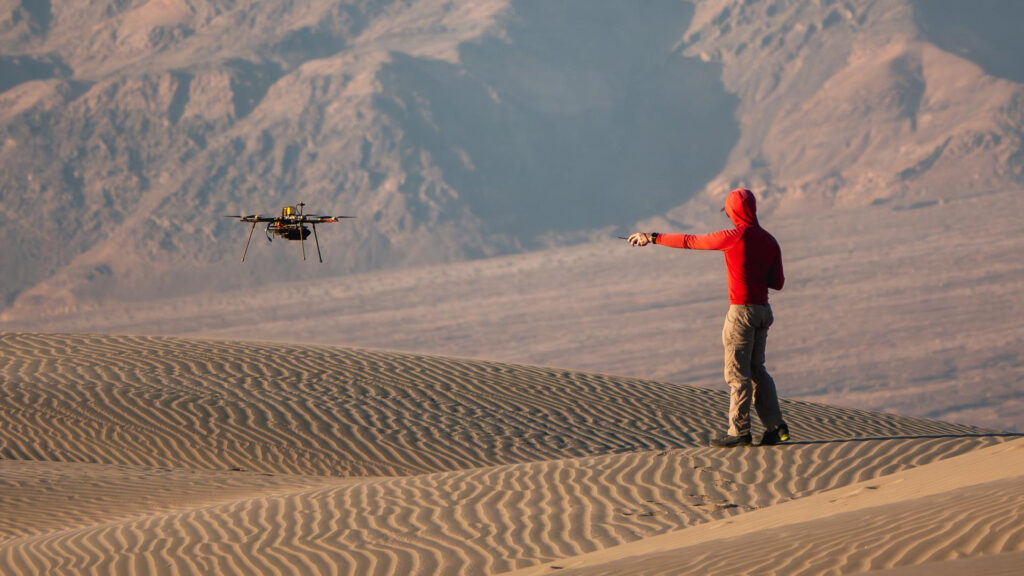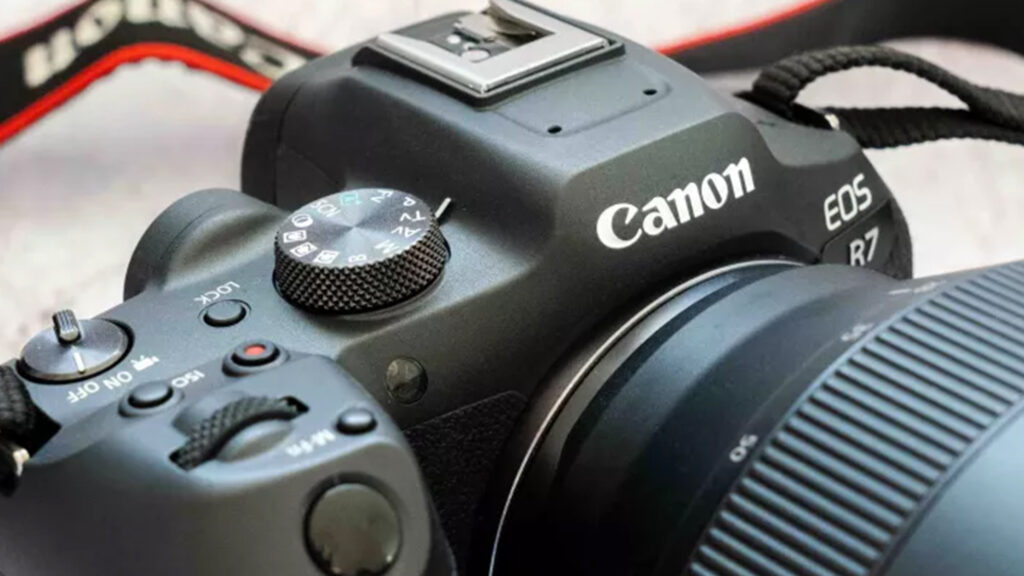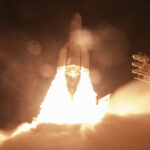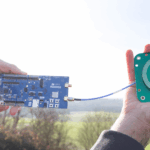Now Reading: China uses ‘gravity slingshot’ to rescue pair of wayward moon satellites
-
01
China uses ‘gravity slingshot’ to rescue pair of wayward moon satellites
China uses ‘gravity slingshot’ to rescue pair of wayward moon satellites
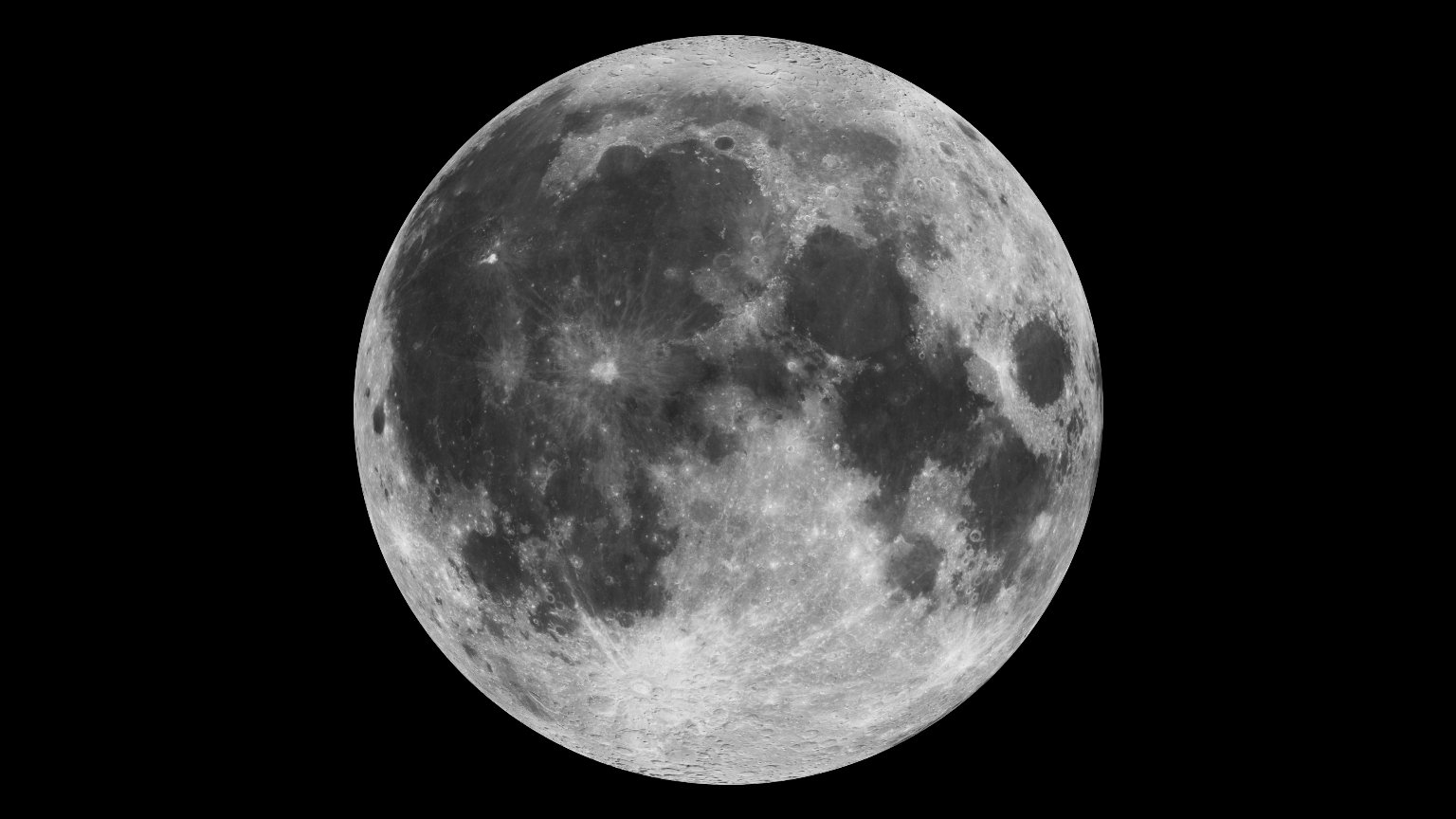
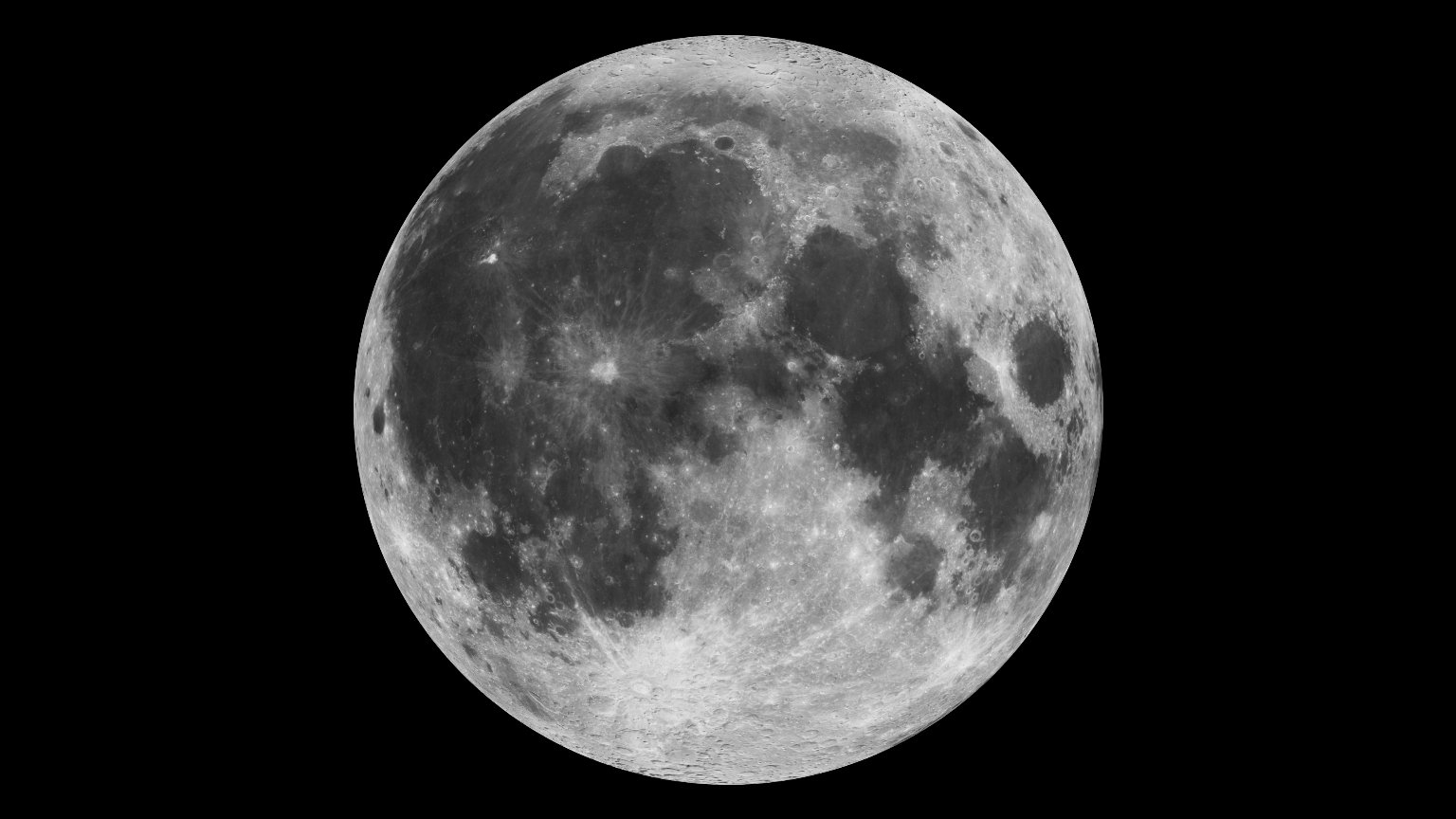
After launching a pair of satellites last year that failed to reach the right orbit around the moon, China’s Technology and Engineering Center for Space Utilization (CSU) came up with a novel tactic — using a gravity “slingshot” to get the satellites in the correct spot.
China launched the satellites, named DRO-A and DRO-B, in March 2024 atop a Long March-2C rocket, according to the state-run China Global Television Network (CGTN). They were supposed to go to distant retrograde orbit — the DRO in the pair’s name — around the moon, to help provide navigation and tracking for spacecraft in Earth-moon space.
The rocket’s first and second stages worked as planned. But a technical issue with the Yuanzheng-1S upper stage prevented the satellites from achieving their intended orbit, and CSU lost contact with the duo.
“If the satellites were destroyed, that would have been a waste of the years of effort that we put in and the money invested in the mission. It would also be a mental blow to the team,” Zhang Hao, a member of the team who worked to save the satellites, told CGTN.
When CSU managed to locate the wayward satellites, they were spinning in an orbit much closer to Earth than intended. So, the team began to work out a solution to deliver the satellites to their intended path.
“We divided into two teams,” Hao said. “One team remotely controls the satellites’ thrusters to slow down the spinning. The other team, my team, calculated the best route to move the satellites back on track.”
Because the satellites were partially damaged during the launch, they were unable to get enough sunlight to provide power for the turn that was required. So, the team solved the issue by using gravity from the Earth, moon and sun to “slingshot” the satellites to their destination.
The procedure took 123 days to complete. “If you don’t want to consume much energy, you must replace it with something else,” CSU researcher Mao Xinyuan told CGTN. “We chose to consume more time in order to save energy.”
Related stories:
The rescue operation was complete by mid-July 2024, and the two satellites separated from each other six weeks later, according to SpaceNews. DRO-A and DRO-B are now circling the moon and working with a third satellite, DRO-L, which had previously launched to low Earth orbit.
“They will act as lighthouses in space,” Mao said. Now, with these satellites in position, “we can locate a spacecraft in just three hours, unlike the two days or more with traditional, land-based positioning.”
Stay Informed With the Latest & Most Important News
Previous Post
Next Post
-
 012024 in Review: Highlights from NASA in Silicon Valley
012024 in Review: Highlights from NASA in Silicon Valley -
 02Panasonic Leica Summilux DG 15mm f/1.7 ASPH review
02Panasonic Leica Summilux DG 15mm f/1.7 ASPH review -
 03From Polymerization-Enabled Folding and Assembly to Chemical Evolution: Key Processes for Emergence of Functional Polymers in the Origin of Life
03From Polymerization-Enabled Folding and Assembly to Chemical Evolution: Key Processes for Emergence of Functional Polymers in the Origin of Life -
 04How New NASA, India Earth Satellite NISAR Will See Earth
04How New NASA, India Earth Satellite NISAR Will See Earth -
 05And Thus Begins A New Year For Life On Earth
05And Thus Begins A New Year For Life On Earth -
 06Astronomy Activation Ambassadors: A New Era
06Astronomy Activation Ambassadors: A New Era -
07SpaceX launch surge helps set new global launch record in 2024












